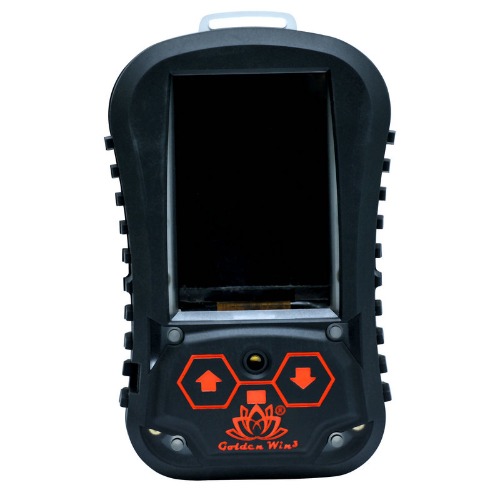A Portable Particulate Monitor Dust Instrument is a handheld device used to measure and monitor the concentration of airborne particulate matter in the surrounding environment. These instruments are essential tools for occupational health and safety professionals, environmental researchers, and regulatory agencies to assess and control the levels of airborne particles in various indoor and outdoor settings.
Key features and functions of a Portable Particulate Monitor Dust Instrument include:
Particle Size Range: The instrument can measure particulate matter in different size ranges, such as PM1.0, PM2.5, and PM10. These values represent particles with diameters of 1.0 micrometer, 2.5 micrometers, and 10 micrometers or smaller, respectively.
Real-Time Monitoring: Portable dust monitors provide real-time data, allowing users to see immediate changes in particulate levels and respond promptly to potential hazards.
Data Logging: Many monitors have built-in data logging capabilities, enabling the device to record and store particle concentration data over time. This data can be later analyzed and used for compliance reporting or research purposes.
Display and Interface: The monitor typically has an easy-to-read display that shows the current particulate levels, particle size distribution, and other relevant information. Some devices also offer user-friendly interfaces for configuring settings and accessing data.
Sampling Methods: Portable dust monitors use various sampling methods, such as light scattering, laser technology, or beta ray attenuation, to detect and quantify particulate matter.
Calibration: Regular calibration is essential to ensure the accuracy and reliability of the monitor's measurements. Many instruments come with calibration features or require periodic calibration by the manufacturer or authorized service providers.
Battery-powered and Portable: As the name suggests, these instruments are designed to be portable and powered by batteries, making them easy to use in different locations and field settings.
Applications of Portable Particulate Monitor Dust Instruments include:
Occupational Health and Safety: These instruments are used in workplaces to assess employee exposure to airborne dust and ensure compliance with safety regulations.
Environmental Monitoring: Portable dust monitors are employed in environmental studies to assess air quality, especially in areas affected by industrial activities, construction sites, or traffic.
Indoor Air Quality (IAQ) Assessments: They help in evaluating indoor air pollution levels in homes, offices, and public buildings.
Research and Studies: Environmental researchers use these instruments to gather data on particulate matter concentrations, sources, and health impacts.
Regulatory Compliance: Regulatory agencies may use portable dust monitors to enforce air quality standards and emission regulations.



 English
English Español
Español

